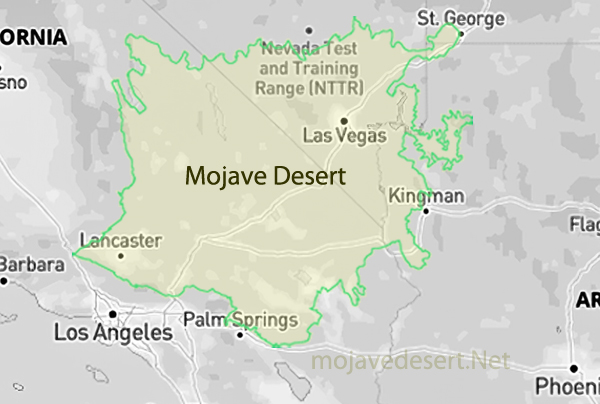and the Southern Owens Valley
Independence, California, is a small town in the Owens Valley’s southern stretch, backed by the towering Sierra Nevada to the west and the Inyo Mountains to the east. With around 600 residents, it serves as the Inyo County seat and a quiet gateway to rich history and dramatic desert landscapes.
The town was founded in 1861, during the mining boom, and named in honor of the Declaration of Independence. While gold rush ambitions shaped its early days, Independence is better known for its historical and cultural sites today. The Eastern California Museum offers an impressive collection of Native American artifacts, pioneer relics, and mining tools, showcasing the region’s layered past. Just a few miles away is the Manzanar National Historic Site, a powerful and sobering reminder of World War II, where thousands of Japanese Americans were interned during a dark chapter in U.S. history.
But the story of this region runs deeper than its buildings and monuments. In contrast, the southern Owens Valley, from Poverty Hill to Rose Valley—including the Owens Lake basin—is a geological and ecological study. This broad alluvial plain was once home to a large lake fed by snowmelt from the Sierras. During the Ice Age, Owens Lake sometimes overflowed southward, but it’s mostly dry today. Its water has been diverted to supply Los Angeles for a long time.
The valley’s surface tells the story of time and erosion. Quaternary sediments—old alluvial fan deposits, lakebed clays, and basin fill—comprise much of the ground. You’ll also find volcanic rock from ancient lava flows like the Aberdeen Lava, along with rugged outcrops such as the Alabama Hills and Poverty Hill, made of granite, old volcanic, and metamorphic rock.
The land is mostly flat to gently sloping, though it rises in places from 3,000 to 6,000 feet. Soils vary from gravelly and well-drained on the fans to fine and occasionally saturated in the low-lying basin. Many playa surfaces remain barren, having only recently reemerged from beneath the former lake. Vegetation reflects these conditions—on the basin fill you’ll see greasewood and saltbush, while the alluvial fans support shadscale, hop-sage, blackbush, and creosote bush. Grasslands include saltgrass and alkali sacaton. Though sparse, woodland species like mountain mahogany and water birch hang on in a few upland areas.
The climate here is dry and extreme. Rainfall averages 4 to 8 inches annually, mostly falling as rain. Summers are hot, winters are cold, and the skies are often crystal clear, making Independence a draw for stargazers and astrophotographers.
Water now runs in limited channels. The Owens River still threads through the valley, but much of it is captured and diverted south. Natural outflow from the region is rare, and the lake that once anchored the valley is now a dusty remnant of its former self.
Still, there’s something magnetic about Independence and the valley that surrounds it. Maybe it’s the blend of natural beauty and historical depth. Perhaps it’s the vast open space. Either way, this stretch of the Eastern Sierra remains a place worth exploring for its past, present, and the ever-changing story written in its land.
